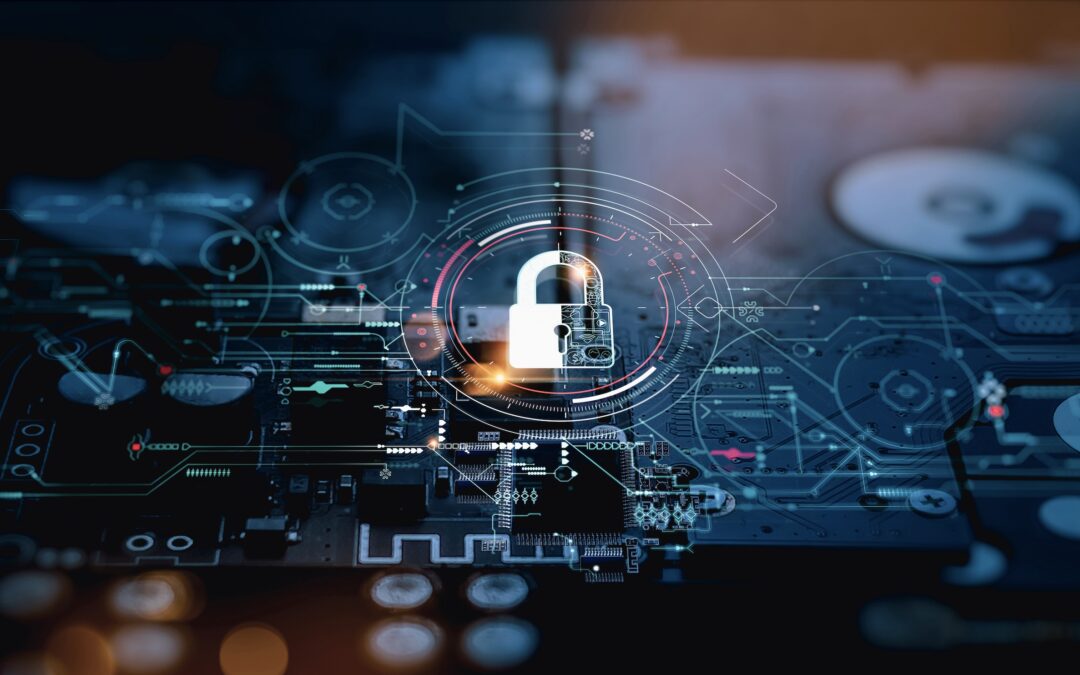Instances of cyber attacks are on the rise, targeting companies at an increase of 38 percent in 2022 compared to the number of attacks in 2021. Businesses of all sizes are vulnerable, and many are turning to the “zero trust” architecture model to improve their cybersecurity.
In a report cited by Chuck Brooks of Forbes, a 2022 study by Positive Technologies has shown that cybercriminals are able to penetrate 93 percent of company networks to gain access to local networks. Whether you’re a small business or a massive corporation, it’s safe to say, colloquially-speaking, that your business’s actual safety is at risk.
Zero trust networking aims to improve cybersecurity by assuming that no user, device, or application is trustworthy, and it’s proving to be an effective strategy. If you’re unsure as to what zero trust principles entail, here’s a deeper look at what it is and how it works.

What Is the Zero Trust Security Model?
Some companies assume zero trust architecture to be a form of technology or a type of program. However, zero trust is a concept — a principle for designing and maintaining secure systems and networks for its host.
A zero trust model adopts the mindset of trusting nothing and verifying everything, treating whatever is interacting with a network as a threat at all times. This strategy results in a framework that focuses on continuous user, device, and application authentication. The goal is to prevent unauthorized access at all costs. Thorough authorization might inconvenience users, who need to prove who they are every time they access a company system.
The authentication process isn’t avoidable, even if the user has a company-provided device and is authorized to access the systems. Even constant tapping of internal data or applications while performing their duties doesn’t allow a valid user to bypass authentication, but it’s a reasonable price to pay for improving security.
How the Zero Trust Security Model Works
The core of zero trust protection is identity management, which is the continuous validation of all users, devices, and connected applications. Zero trust networks rely greatly on permissions. When a user, device, or application needs access network assets, a formal review is a necessity.
Every attempt to access company systems triggers a multi-factor authentication (MFA) process. A failed device validation prevents access even if users enter log-in credentials correctly. An authentication denial could be the result of using an unauthorized device or using an approved device in a non-approved location. This is a critical strategy for limiting the impact of lost or stolen devices.
For authorization to work properly, individual system-based identities are assigned to all users, services, and devices. This model dictates who or what can access specific systems or data at any given moment. If an identity isn’t given explicit permission in advance, access isn’t granted. With zero trust networking, even the company’s internal network is subject to scrutiny.
These types of network-fortifying strategies rely on knowing the company’s architecture in its entirety – all components must be understood and known fundamentally. Assessing and addressing risks and vulnerabilities is impossible to do without the architectural understanding.

Implementing Zero Trust Strategies
Creating a zero trust environment isn’t the same for every company. Implementation varies based on organizational needs, existing infrastructure types, data classifications, and more, but it’s a very involved and detailed process regardless.
Applying security layers is paramount, and the idea is for a company to envelop data and networks in several ways. MFA is part of best practices for implementation. Companies mitigate risk by defaulting to the strictest access restrictions as a starting point, only expanding with proper approvals and credentials.
User credentials is another critical aspect of zero trust. Assigning devices and applications unique identities allow for a greater number of management vectors. Risk declines further by incorporating additional details, such as device location restrictions.
Ranking data by its sensitivity level is another primary step in this process. By scoring information, companies can focus their efforts in accordance with the risk. The most robust protections shield highly sensitive data, while measures may decrease for low-sensitivity information.
Furthermore, data encryption is fundamental. Encryption serves as a protective barrier; should communication or information be intercepted, the interceptor won’t be able to read the information.
Finally, in conjunction with identity management, companies should identify and update or discontinue legacy solutions and software that conflict with the zero trust model. These antiquated models are vulnerable to breaches, weakening a company’s effort to strengthen its security.
There are many models and methods for implementing zero trust environments, and it’s critical to find a workable solution based on your company’s needs.


Recent Comments